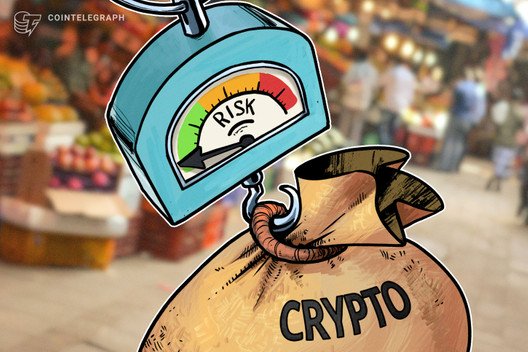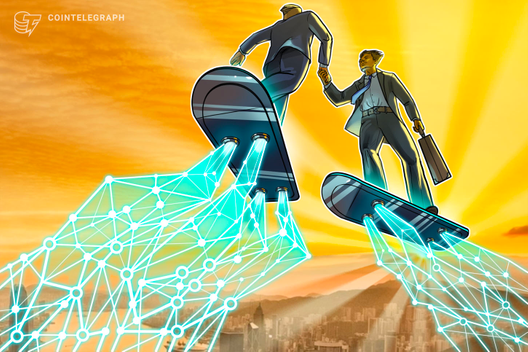Stablecoins have plentiful machine-payment use cases in absence of euro CBDC: Report
The Digital Euro Association sees automated micropayments as a way for Europe to maintain its digital competitiveness, once regulations are in place.
249 Total views
3 Total shares

Own this piece of history
Collect this article as an NFT
Europe could lead the world in developing the Internet of Things (IoT) by harnessing the potential of stablecoins, the Digital Euro Association argues in a new report. Machine-to-machine (M2M) payment is a field poised for growth, and stablecoins, in particular, offer advantages for it, the report says.
There are growing use cases for M2M micropayments in industrial and home or office settings, such as handling charges for shipping containers and other fees along a logistics chain and pay-per-use fees for 3D printing, cloud storage and many other services. Currently, these uses are hindered by their potentially overwhelming volume and structural weaknesses, such as the need to layer application programming interfaces (APIs).
Stablecoins could increase scalability and reduce or eliminate intermediaries, thereby alleviating the usability and security challenges that APIs present, according to the report. The use of stablecoins would also eliminate human error.
Related: $100M fund aims to support the growth of decentralized machine economy
M2M payments also offer Europe a chance to take greater advantage of stablecoin technology, as many of its features are more applicable elsewhere:
“Outside of providing access to DeFi markets, typical stablecoin use cases have focused on improving financial inclusion or reducing the costs of cross-border remittances, which may not be so compelling in a European context.”
The European Central Bank has given M2M payments low priority for a digital euro design, even though “leveraging DLT technology in this context is being heavily explored.” Thus, stablecoin integration may be relevant in the long term:
“It is important that regulators foster growth in IoT and M2M payments, as it is key to maintaining the global competitiveness of the European digital economy.”
Regulators need to address a machine identity framework, stablecoin interoperability standards, guidance for unhosted wallets and other issues before the potential of stablecoins can be realized, the report says.
️ What are current stablecoin market developments? Short concepts on #digitalmoney. Stay tuned for the upcoming!https://t.co/O99CUoVVOk
— Digital Euro Association (@DigiEuro) March 6, 2023









